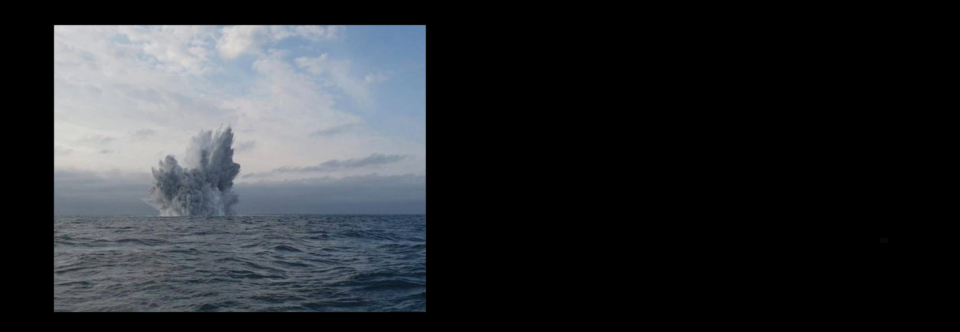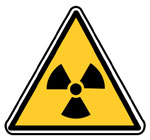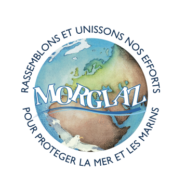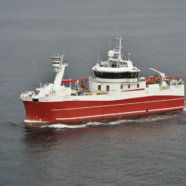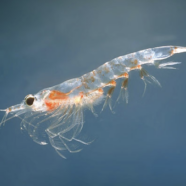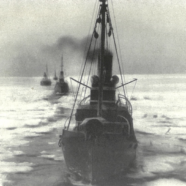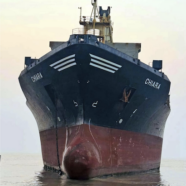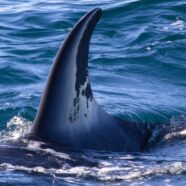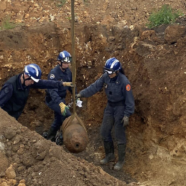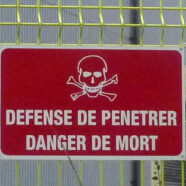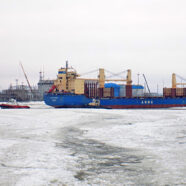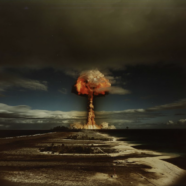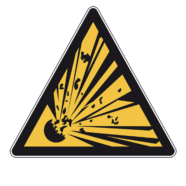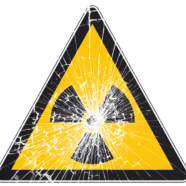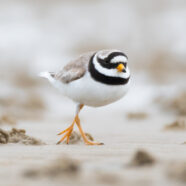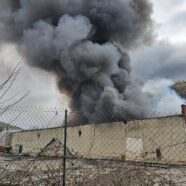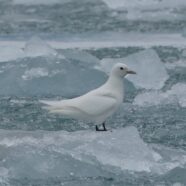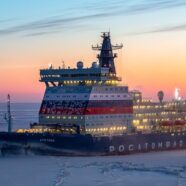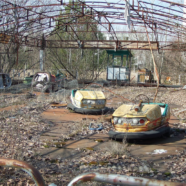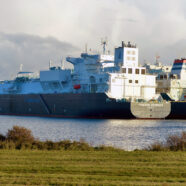Ruby is not “the wages of fear”
Mor Glaz and Robin des Bois NGOs’ common press release
Landerneau, Finistère, and Paris, October 4, 2024
As if there weren’t enough humanitarian and environmental disasters going on these days, the Ruby cargo ship is now being portrayed as a floating Hiroshima or Beirut, a particularly explosive and anxiogenic cocktail.
Elementary, my dear Watson!
The Kingdom of Denmark allowed in the special autonomous region of Greenland between 2013 and 2023 the harvest of 30,764 harbour porpoises, 4,772 narwhals, 2,956 long-finned pilot whales, 2,457 belugas, 1,787 common minke whales, 1,572 white-sided or white-beaked dolphins, 274 killer whales, 77 fin whales, 57 northern bottlenose whales, 49 humpback whales and 2 bowhead whales.
Lima, the review
69th IWC – Press release n°3
– The resolution on the contribution of whales to food security stranded behind the scenes and did not make it to the debating table. Despite Japanese and Norwegian propaganda, more and more members of the human species are refusing to include whale meat in their diet (1).
– At the initiative of the European Union, the resolution recalling the obligation set under the United Nations Convention on the Law of the Sea to cooperate with a view to the conservation of marine mammals and work through the appropriate international organizations was accepted by 37 votes in favour, 12 against and 8 abstentions. Iceland, Norway and Japan, which openly hunt whales for commercial purposes in violation of the moratorium, are signatories to the United Nations Convention on the Law of the Sea.
The cry of the krill
69th IWC – Press release n°2
The Euphausia superba, Antarctica’s superb little crustacean, a pillar of the South Pole ecosystem and a staple food for whales, penguins, seals, petrels and other seabirds, is in danger. It may join the dodos, the American migratory pigeons and the great auks of the North Atlantic, deemed to be innumerable and now extinct because of human voracity and short-sightedness.
Lima, crucial for whales
69th IWC – Press release n°1
The 69th plenary meeting of the International Whaling Commission (IWC) will be held in Lima, Peru, from 23 to 27 September 2024.
A draft resolution on “food security” is submitted for approval to the 88 member countries of the IWC by the Republic of Guinea, with the support of Senegal, Gambia, Guinea-Bissau, Côte d’Ivoire, Ghana, the Republic of Congo, Saint Kitts and Nevis and Cambodia. This project “reaffirms its support for the sustainable use of marine living resources, including whales”.
“On the Trail” n°41, the defaunation bulletin
“On the Trail” n°41
the defaunation bulletin
(pdf, 230 pages – 7.9 Mo)
1,438 events with references, checked, analysed, commented and strengthened
between June 1 and August 31, 2023.
304 iconographic documents, 11 maps and historical archives.
Shipbreaking” #71, the International Shipbreaking Show
“Shipbreaking” #71
(pdf 97 pages – 16.2 MB)
October 1, 2023 – April 30, 2024
120 sources – 264 photos
Imprisoned, impaled, harpooned, desecrated
This is the hard life of cetaceans
France
The public is being consulted until June 18, 2024 on a draft decree concerning new management methods for dolphins born in jail and sentenced to life imprisonment. This decree is a model of hypocrisy. It is supposed to ban cetacean shows from December 1, 2026. In conjunction with the Ministry of Ecology, Marineland in Antibes (Alpes-Maritimes, Southern France) and Planète Sauvage in Port-Saint-Père (Loire-Atlantique, Western France) have found a workaround. They will be able to carry out scientific experiments in the containment pools. This animal experimentation and “medical” training will be open to the public for a fee.
80 years later, they are killing and polluting
In Normandy, there are at least 60 expressions for different shades of rain. Since D-Day, there has been a 61st one: “bomb rain”. Robin des Bois’ 9th inventory of the discoveries of bombs and other munitions in France and Germany is dedicated to Normandy, a considerable task and a mission that will last several centuries and will surely never end. On 6 June 2024, all heads of State should formally declare war on all bombing.
(Français) Informations sur les risques sanitaires et environnementaux des feux d’artifices
Fireworks: they are playing dead
Press release n°2
It’s almost dead calm on the front line, after Robin des Bois’ alert on the Normandy sham (1) – 95 km of coastline plunged in the fumes and rockets of some twenty synchronised fireworks displays in a supposed tribute to all the soldiers Ryan and Coleman who landed on the sand on June 6, 1944 before breaking through the jungle in the “bocage”.
Nuclear security – briefing note
1. Departing St Petersburg, Russia, on 29 February 2024 bound for Philadelphia, USA, the Atlantic Navigator II made an unscheduled stop in Rostock, Germany, on 4 March due to damage to its propeller.
She left Rostock on 19 April after repairs and a customs inspection. This multipurpose cargo ship is carrying 241 containers of birch plywood from the exploitation of Arctic forests and enriched uranium.
Despite the war in Ukraine and tensions between the United States of America and the Russian Federation, trade in nuclear materials has not stopped, and Russian enriched uranium continues to supply fuel for some American nuclear power stations.
Panic in the nests of Normandy
On the night of 1 June 2024, the Normandy Region and the D-Day Landings Committee are planning a war of fire along 95 km of coastline between Sainte-Mère-Eglise (Manche Department) and Ranville (Calvados Department). Utah Beach, Omaha Beach, Gold Beach, Juno Beach and Sword Beach will be ablaze with 19 synchronised fireworks displays. There is nothing peaceful about the commemoration of the 80th anniversary of D-Day.
Frogs : appeal from more than 550 scientists and veterinarians
Trade in frogs’ legs must be curbed, President Macron!
Paris, Munich, March 6, 2024 – In a joint letter, 557 experts from research, nature conservation and veterinary medicine have called on French President Emmanuel Macron to end the overexploitation of frogs in Asia and Southeast Europe for the EU’s hunger for frogs’ legs. France, as the largest consumer, should initiate the international protection of the most traded frog species through the Convention on International Trade in Endangered Species of Wild Fauna and Flora (CITES). The letter is an initiative of Robin des Bois, the Veterinarians for Biodiversity (Vétérinaires pour la Biodiversité) and the German organization Pro Wildlife. A similar request was made by 46 NGOs on January 25 to Mr Béchu, the French Minister for Ecological Transition. So far, this letter has gone unanswered. “Are the French doomed to be froggies? It’s time to remember that frogs are also voluntary helpers for farmers. When they disappear, pests proliferate and the use of pesticides increases” points out Charlotte Nithart, President of Robin des Bois.
The disoriented Arctic
Robin des Bois (Robin Hood) has been an observer to the OSPAR Convention for the Protection of the Marine Environment of the North-East Atlantic since 2005. It is the only NGO based in France with this status. The Convention’s area covers a total of 13.5 million km2, divided into 5 regions: Arctic Waters (5.53 million km2), Greater North Sea (and English Channel), Celtic Sea, Bay of Biscay and Iberian Coast, and Wider Atlantic. The Arctic is the meeting point of river, marine, and atmospheric pollution emitted by sub-Arctic and coastal countries. On October 4, November 28, 2022, January 23, May 25, October 16, 17 and 18, 2023, and January 30-31, 2024, Gaëlle Guilissen, representing Robin des Bois, took part in the first cycle of the Arctic Outcomes Working Group, in person or virtually. The objective is to draw up a final document, to be delivered in 2024, outlining the threats facing the Arctic Waters region and proposing remedial action. A further meeting is scheduled for March 6. Robin des Bois will come back to this vital issue later this year.
Frogs’ legs: letter from 42 NGOs to European ministers
On the initiative of Robin des Bois and Pro Wildlife, 42 NGOs*, including 18 French ones, yesterday wrote to the environment ministers of the 27 EU Member States asking them to put an end to uncontrolled imports of frogs’ legs and to propose, at the next Conference of the Parties to CITES (Convention on International Trade in Endangered Species of Wild Fauna and Flora) in 2025, the inclusion in Appendix II of frog species whose legs are imported into Europe for culinary purposes. Appendix II enables control of international trade. The NGOs are also calling for imports to be suspended because of the unacceptable and cruel killing methods used. The letter sent is available by clicking on the link.
Russia/Ukraine
Nuclear, gas, forest fires, maritime safety…
Publications of Robin des Bois on the war in Ukraine and the French-Russian nuclear issue:
“Ukraine : Robin des Bois keeps a close watch on grain”, August 2, 2022
“La guerre du nucléaire”, 8 juin 2022 (Only in French)
“Le gaz russe avance masqué – suite”, April 26, 2022 (Only in French)
“Ukraine/Russie. Exclusif : les cargos et les marins otages de la guerre”, April 20, 2022 (Only in French)
“L’Union fait la farce”, April 14, 2022 (Only in French)
“Les roublards” (Gaz et Nucléaire), April 7, 2022 (Only in French)
“Arrivée du Clean Planet au terminal gazier de Dunkerque”, March 30, 2022 (Only in French)
“Le virus russe”, March 25, 2022 (Only in French)
“Russian gas is covering up”, March 18, 2022
“Despite the tensions, the current flows”, March 7, 2022
“Russian gas on the trail”, March 4, 2022
“White flag on nuclear sites”, February 28, 2022
“The Atom of Discord”, February 25, 2022
“Sanctions against Russia: will they dare?”, February 24, 2022
Fire of Notre-Dame de Paris
Publications from Robin des Bois following the fire of Notre-Dame de Paris:
Ile de la Cité : a new polluted site in Paris (press release n°1), April 19, 2019
Letters sent to different ministers and state services, plus AirParif, April 23, 2019
Our Lead-y Notre Dame (press release n°2), April 29, 2019
Paris lead(er) instead of Paris-Plage (press release n°3), August 5, 2019
Notre-Dame, press release n°4, August 14, 2019
Notre-Dame, press release n°5, August 26, 2019





